Wonderful Introduction:
Youth is the nectar made of the blood of will and the sweat of hard work - the fragrance over time; youth is the rainbow woven with endless hope and immortal yearning - gorgeous and brilliant; youth is a wall built with eternal persistence and tenacity - as solid as a soup.
Hello everyone, today XM Foreign Exchange will bring you "[XM Official Website]: The Bay Area bond issuance plan is progressing steadily, and the short-term trend analysis of spot gold, silver, crude oil and foreign exchange on April 21st". Hope it will be helpful to you! The original content is as follows:
The three major stock index futures fell, with Dow futures mainly blue-chip stocks falling 0.91%; S&P 500 futures falling 1.02%; and Nasdaq 100 futures mainly technology stocks falling 1.10%. The German DAX index fell 0.49%, the UK FTSE 100 index rose slightly, the French CAC40 index fell 0.60%, and the European Stoke 50 index fell 0.63%.
1. According to sources, Saudi Arabia's Public Investment Fund (PIF) plans to raise $1.5 billion to $2 billion through issuance of Islamic bonds (sukuk) in the next few weeks. Although the market fluctuates due to Trump's tariff remarks, the fund still plans to promote bond issuance.
2. Dubai Ports (ADPorts) also plans to raise $2 billion in the next few weeks, while renewable energy company Masdar plans to raise $1 billion by issuing green bonds, but the relevant plans have not been finalized.
3. State-owned enterprises in Saudi Arabia and the UAE have provided funding for overseas acquisitions through bond issuance in recent years to diversify their economy. However, recent turmoil in the bond market has led to higher borrowing costs in issuance.
4. Despite the market fluctuations, the market still has a certain demand for bond issuance. Zeina Rizk, co-head of fixed income at Amwar Capital Partners, saidAs long as the market remains relatively stable, bond issuance plans can still be promoted.
5. Saudi Arabia Bank has played an important role in financing large projects such as NEOM, Qiddiya and Red Sea projects, which require hundreds of billions of dollars in funding. Fitch expects Saudi banks to grow credit in 2025 from 12% to 14%, and loan growth will continue to outperform deposit growth.
Russian International Telecommunications reported earlier on April 21 that the Russian Ministry of Economic Affairs has lowered its forecast for Brent crude oil in 2025 by nearly 17% compared with September last year, from US$81.7 per barrel to US$68 per barrel. The Russian Ministry of Economic Affairs also predicts that the price of Ural crude oil produced by Russia will fall to US$56 per barrel this year, far lower than the Russian government's expected price of US$69.7 per barrel as the basis of the 2025 fiscal budget. "We think this is a pretty conservative estimate." International News Agency quoted an official from the Russian Ministry of Economic Affairs as saying. According to Reuters, Ural crude oil prices are crucial to Russia's fiscal budget, as oil and gas revenue accounts for one-third of Russia's budget revenue.
1. Japanese Prime Minister Shigeru Ishiba said that Japan has no plan to abolish the trade agreement reached with the United States in 2019, but is concerned about the inconsistency between the content of the agreement and Trump's recent actions.
2. Shigeru Ishiba emphasized that Japan will not return to the origin or abandon the agreement, but it is necessary to point out the problems between the 2019 trade agreement and Trump's tariff policy.
3. The agreement signed in 2019 canceled or lowered tariffs on some products, including reducing Japan's tariffs on American agricultural products, but did not explicitly protect Japanese automakers.
4. At that time, Trump and Shinzo Abe reached a consensus not to impose additional tariffs on Japanese cars and promised measures to avoid violations of the spirit of the agreement in a joint statement.
5. Japanese Minister for Economic Regeneration Ryo Akazawa visited Washington last week and asked the United States to revisit tariff policies, including imposing 25% tariffs on foreign cars.
6. The two countries plan to hold another trade talks by the end of this month to resolve related issues.
On the afternoon of April 19 local time, the United States and Iran ended a four-hour second round of indirect negotiations on the Iran nuclear issue in Rome, the Italian capital. Iranian Foreign Minister Aragic called the negotiations "constructive". The Associated Press quoted a senior U.S. official as saying that the negotiations have made "very good progress", but the United States has not released official news about the negotiations yet. It is reported that both sides agreed to hold the third round of indirect talks on the 26th. Earlier, the United States and Iran held the first round of indirect negotiations in Muscat, the capital of Oman on April 12. This is from 201After the United States unilaterally withdrew from the Iran nuclear agreement in May 8, the first formal negotiations between the United States and Iran were made. So far, neither side has disclosed much information about the two rounds of negotiations to the outside world.
As U.S. tariff measures stimulate demand for safe-haven, Japan's ultra-long-term government bonds recorded record-breaking net inflows of foreign capital last month, highlighting its attractiveness as a safe-haven asset. According to the latest data released by the Japan Securities Association on Monday, global investors bought 2.18 trillion yen (about 15.5 billion US dollars) of Japanese government bonds in March, setting a record high. The total net purchase of Treasury bonds for all maturities reached 6.03 trillion yen, the second highest level since record in 2004.
Euro/USD: As of 20:22 Beijing time, the euro/USD rose, and is now at 1.1548, an increase of 1.40%. Before the New York Stock Exchange, in recent trading, the euro-dollar price continued its bullish track at the intraday level, stabilizing above the resistance of 1.1470 under the short-term major bullish trend and trading along the secondary trend line on a short-term basis, noting that negative overlap signals began to appear on (RSI) after reaching the overbought level, which could reduce its upcoming earnings.
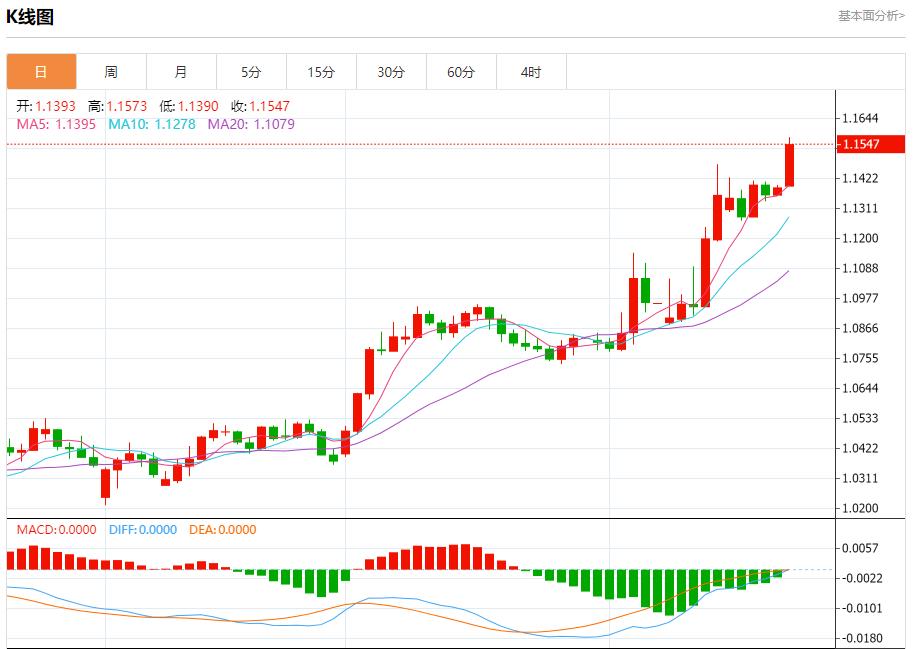
GBP/USD: As of 20:22 Beijing time, GBP/USD rose, now at 1.3396, an increase of 0.80%. Before the New York Stock Exchange, GBPUSD price rose significantly in recent intraday trading, breaking through the current resistance of 1.3290, consolidating its gains in major bullish trends and short-term slight volatility.
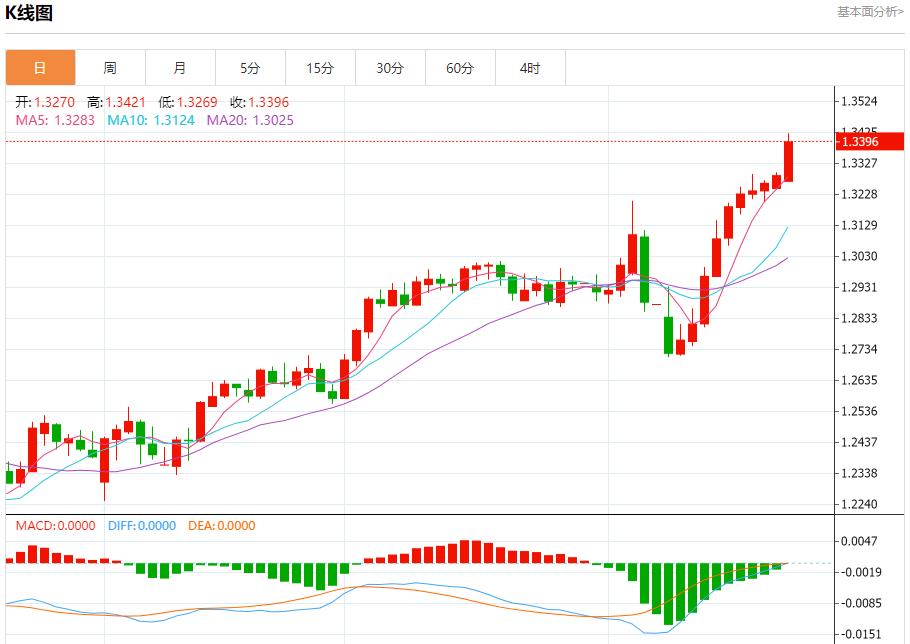
Spot gold: As of 20:22 Beijing time, spot gold rose, now at 3402.71, an increase of 2.27%. Before the New York Stock Exchange, gold prices continued to rise in recent intraday trading, breaking through $3,375, with a major bullish trend dominated, accompanied by a sharp and slightly bullish trend in the short term, supported by (RSI) positive signals, despite reaching the overbought zone.
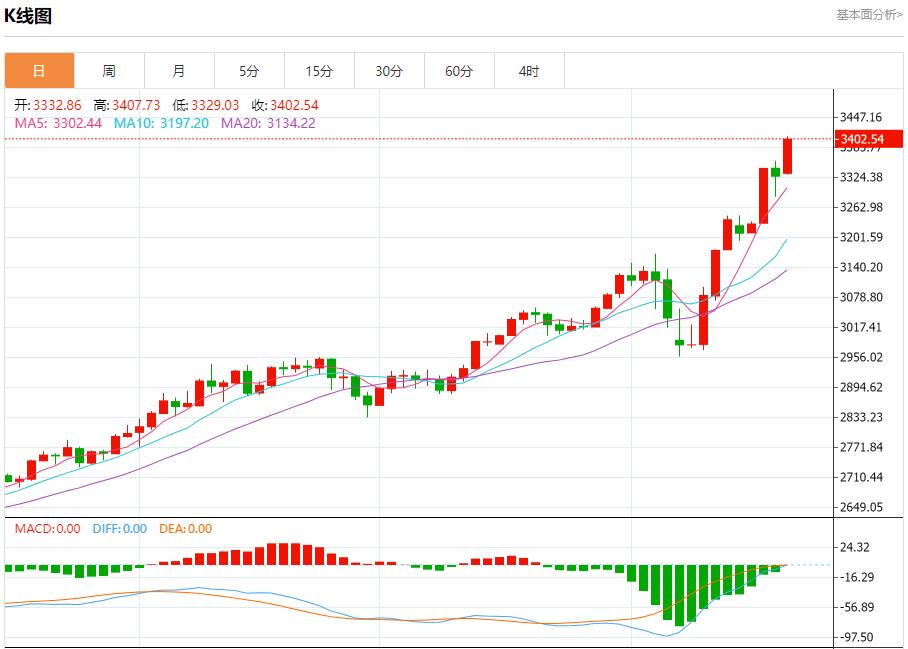
Spot silver: As of 20:22 Beijing time, spot silver rose, now at 32.933, an increase of 1.29%. Before New York, silver prices rose on the last trading day, attacking key resistance of $32.90, and bullish correction trends dominate on a short-term basis, but we noticed that (RSI) began to show negative overlap conditions after reaching extreme overbought levels, which could be a temporary breakthroughBarriers of resistance.
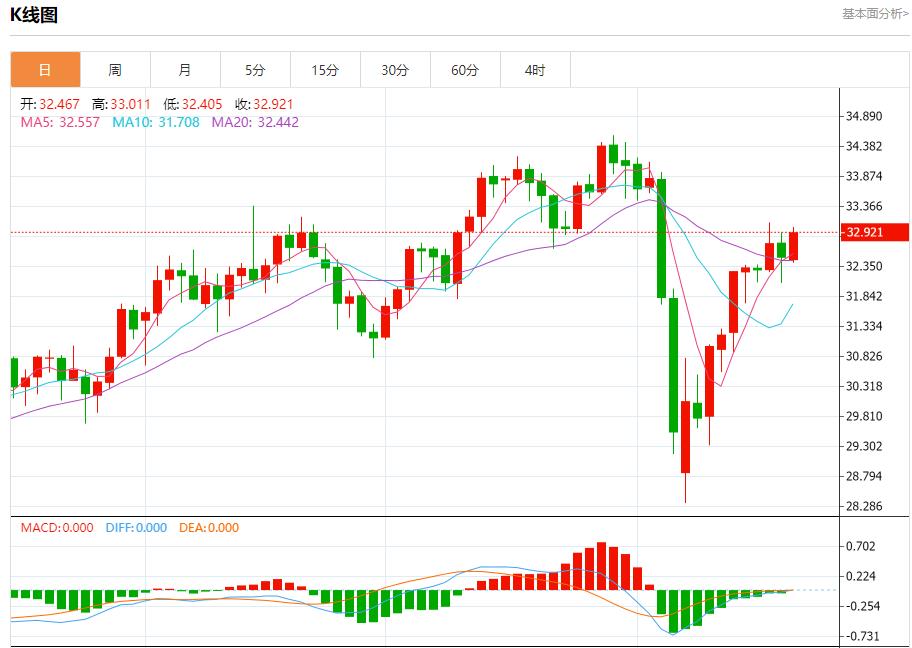
Crude oil market: As of 20:22 Beijing time, U.S. oil fell, now at 62.470, a drop of 2.39%. Before the New York Stock Exchange, crude oil prices stayed in the downside in the last trade at the intraday level, trying to obtain positive momentum that could help it recover and rise again to reach a bullish correction bias line on a short-term basis, except (RSI) reaching an oversold level compared to the price action, as a signal to start forming a positive divergence, which may support the positive scenario.
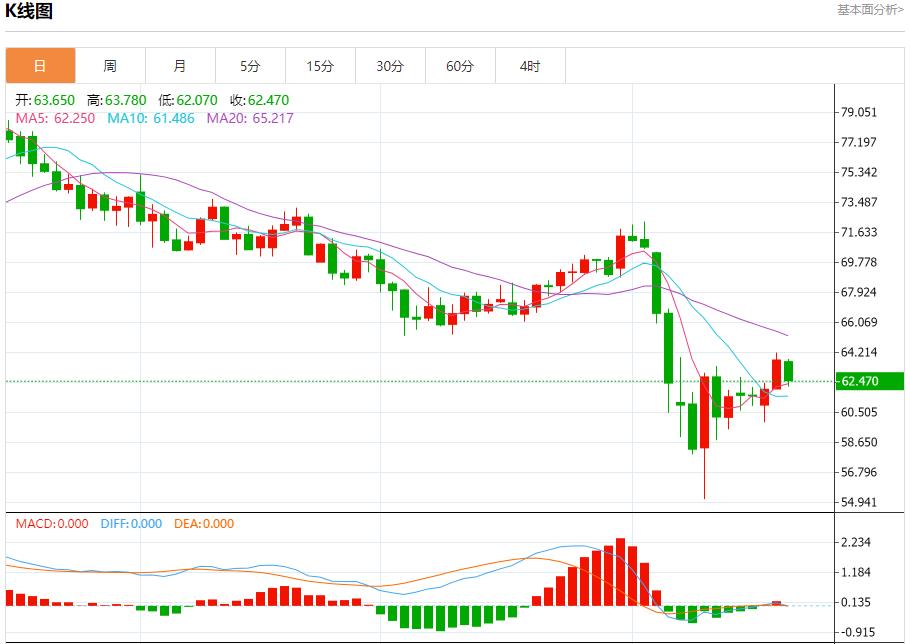
Analysts believe that the previous decline of the US dollar index is mainly driven by the decline in the US economic growth rate and the possibility of an economic recession. The sharp decline of the index recently was further affected by investors' confidence in the US dollar and the flow of funds from the United States. Some media published an article saying that the US trade policy has changed repeatedly and the world has begun to question the role of the US dollar as the world's reserve currency. Deutsche Bank recently warned that the US government's policy decisions may lead to intensification of global "de-dollarization" and market participants are reevaluating the attractiveness of the US dollar as the world's reserve currency. TD Securities said that as the U.S. growth advantage over the rest of the world disappears, more and more investors are turning to assets in some markets in Europe and Asia.
The above content is about "[XM official website]: The bond issuance plan in the Bay Area is progressing steadily, and the short-term trend analysis of spot gold, silver, crude oil and foreign exchange on April 21" is carefully compiled and edited by the XM Foreign Exchange editor. I hope it will be helpful to your trading! Thanks for the support!
After doing something, there will always be experience and lessons. In order to facilitate future work, we must analyze, study, summarize and concentrate the experience and lessons of previous work, and raise it to the theoretical level to understand it.